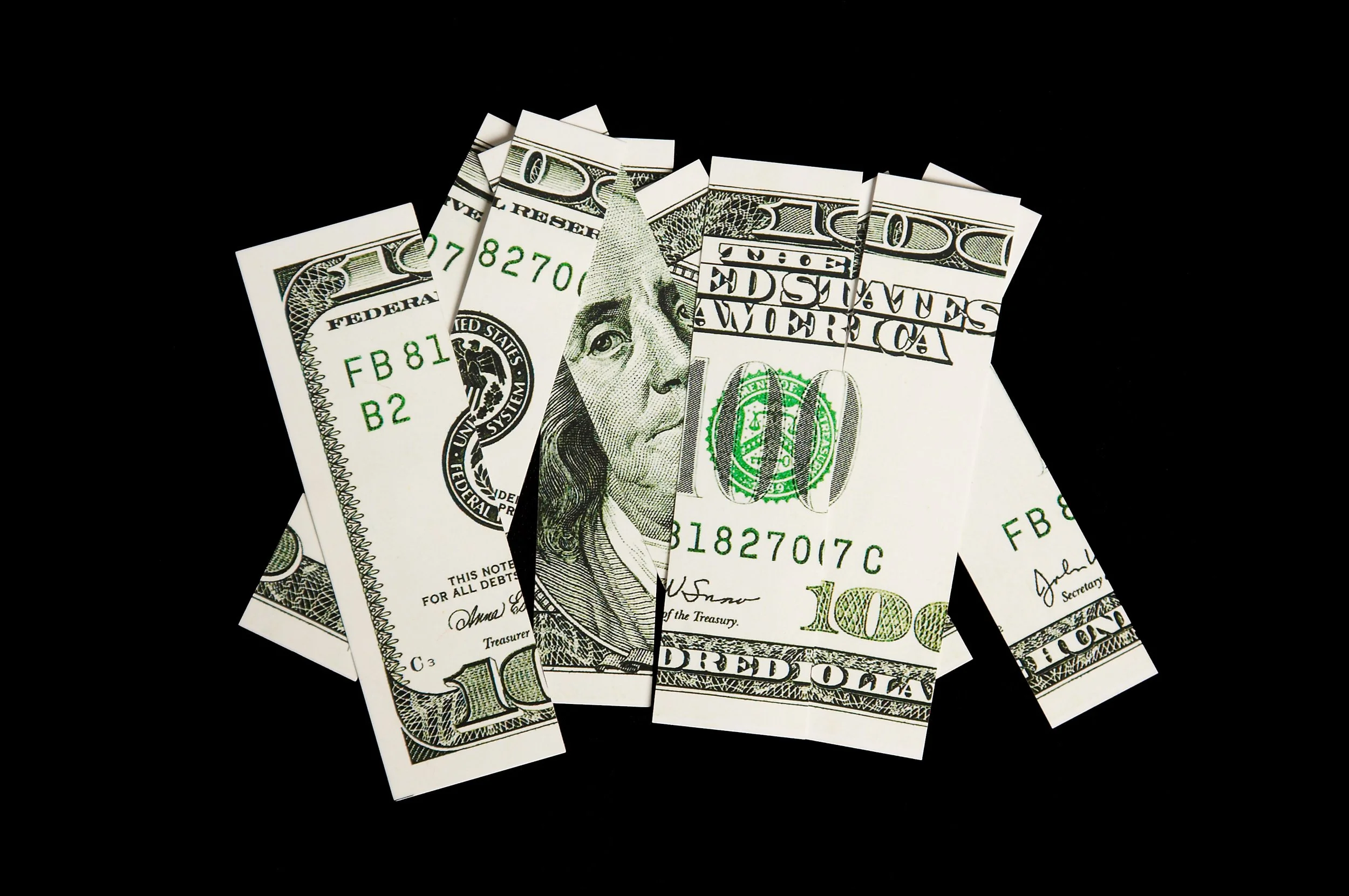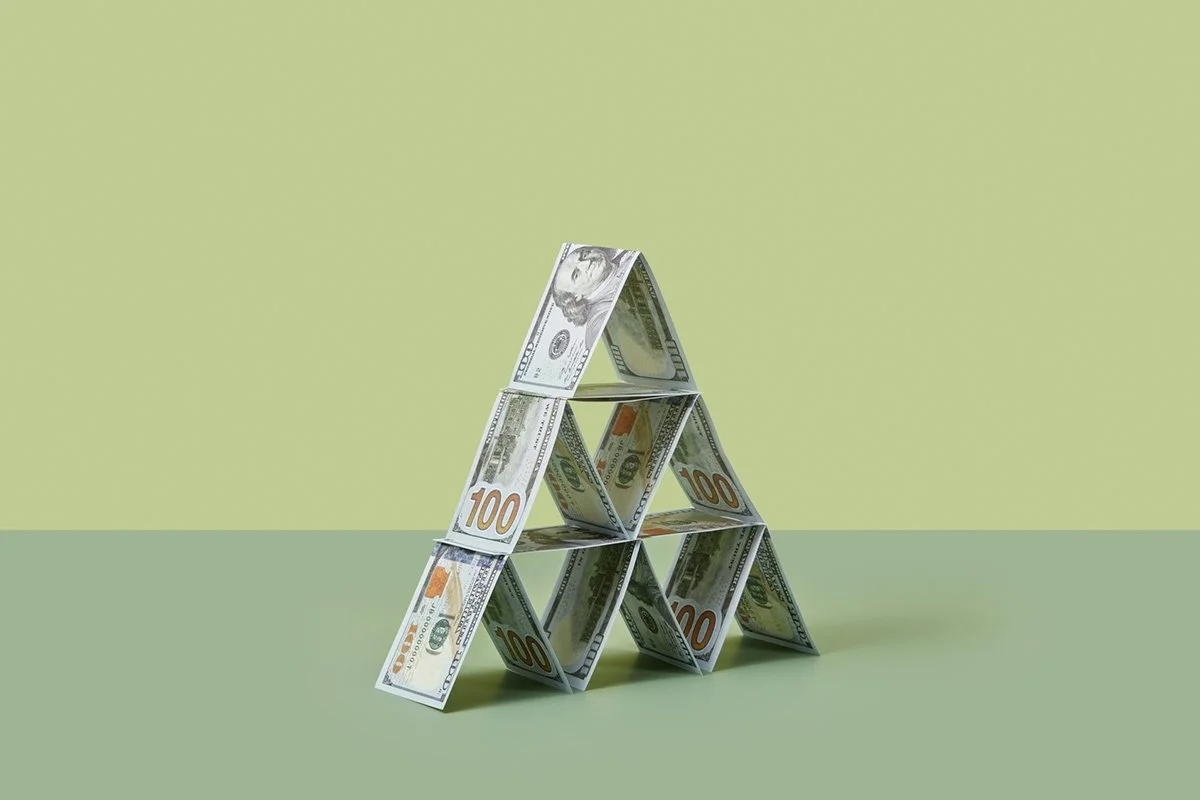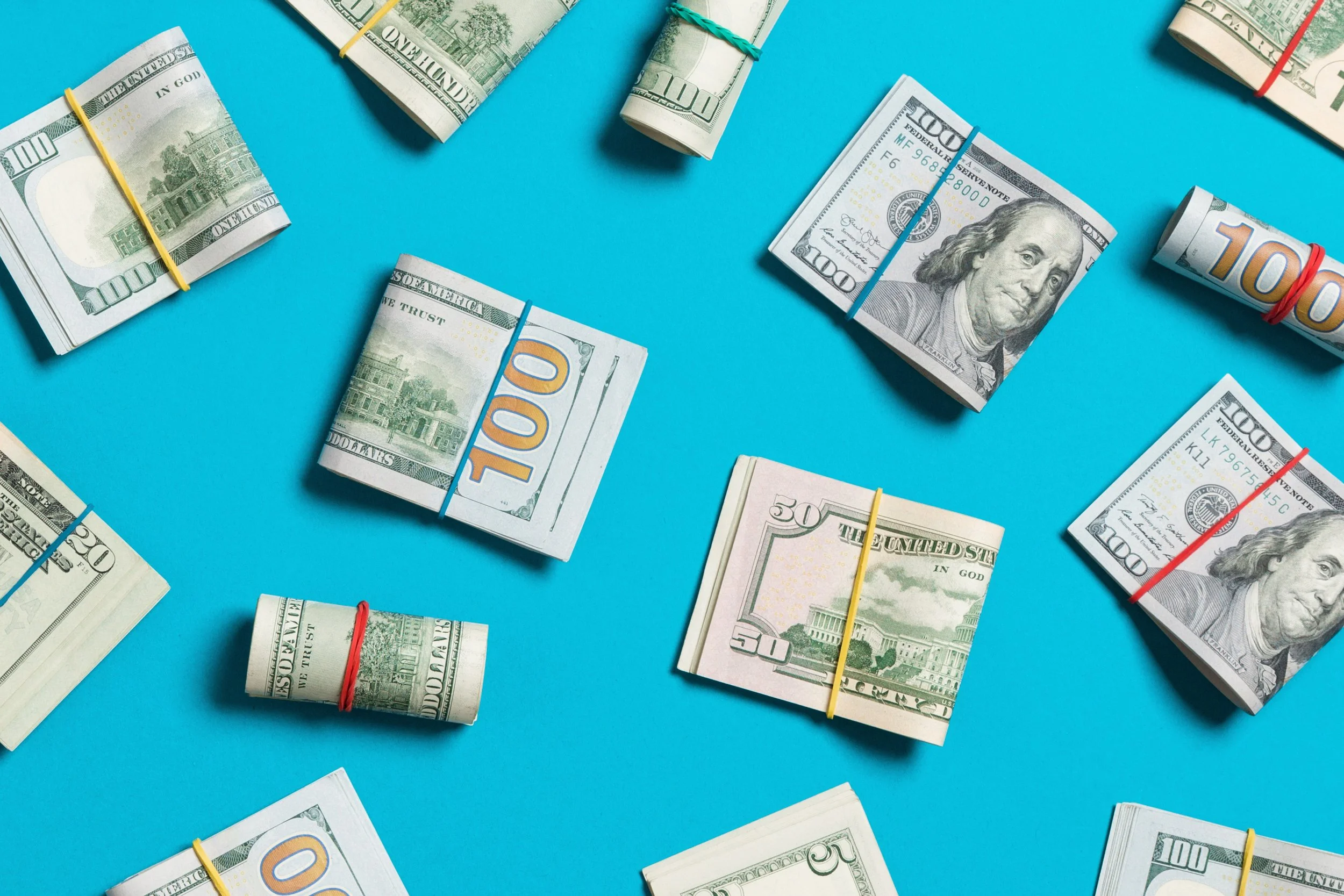We live in a world of complex economic forces, but at the heart of many of today’s big-picture challenges lies a simple truth: a country cannot indefinitely consume more than it produces. That is precisely what the United States has been doing for decades through the persistent and growing trade deficit.
This article is meant to educate, not alarm. To help all investors, professionals, and citizens better understand what is happening behind the scenes, why it matters to our long-term prosperity, and how thoughtful policy tools, including modernized tariffs, might help correct course.
Let us start with the core issue.
What is a trade deficit?
A trade deficit occurs when a country imports more goods and services than it exports. Imagine your household spending more every month than it earns—you would need to make up the difference by drawing down savings or selling off parts of your home. That is essentially what the U.S. does year after year. We purchase foreign goods (such as cars, electronics, and clothing) in excess of what we sell abroad and must finance this gap by issuing debt or selling U.S. assets.
These assets include U.S. Treasury bonds, commercial real estate, stocks in American companies, and ownership stakes in U.S. businesses. That means other countries, such as China, Japan, Germany, and many others, are gradually gaining greater ownership of our economy.
“Our net worth is being transferred abroad”
Legendary investor Warren Buffett put it bluntly over 20 years ago:
“Our country’s ‘net worth,’ so to speak, is now being transferred abroad at an alarming rate” (Fortune, 2003).
This quote deserves close attention.
Buffett does not talk about some abstract notion of wealth. He is referring to the tangible ownership of American assets—the land, companies, infrastructure, and financial instruments that make up our nation’s economic engine. When we finance our trade deficits, we are often doing so by selling these assets to foreigners or issuing IOUs (bonds) that must be repaid with interest over time.
Imagine a wealthy family that owns a large estate. Every year, to fund vacations and a high standard of living, they sell a few acres of land or take out a bigger mortgage. At first, it seems manageable. But over time, they no longer own the home outright. Their income now goes to paying interest, rent, or dividends to outsiders who bought what used to belong to them.
That is the picture Buffett (and others) paint of America’s trade behavior.
In real terms, this means future generations of Americans will be working to sustain themselves and sending investment returns overseas—to countries that now hold claims on our assets. As foreign ownership increases, so does the investment income flowing out of the U.S., thereby reducing our ability to reinvest in our own future.
The role of tariffs in correcting imbalances
This is where tariffs, when carefully designed and wisely implemented, can play a role—not as a weapon or political cudgel, but as a tool of balance.
Buffett originally proposed a market-based mechanism called Import Certificates, but the underlying principle is simple: If you want to buy more than you sell, you have to fund it—and at some point, that model breaks. A modest, broad-based tariff system could help bring trade into equilibrium, nudging us back toward producing more of what we consume and consuming more of what we produce.
This is not about isolating ourselves from the world. It is about aligning our consumption with our production, and ensuring that we do not gradually erode our national wealth through unchecked deficits.
Yes, tariffs raise prices—especially on imported goods. That is a cost worth recognizing. However, Buffett warns us not to be short-sighted:
“The pain of higher prices on goods imported today dims beside the pain we will eventually suffer if we drift along and trade away ever larger portions of our country’s net worth” (Fortune, 2003).
In other words, the bill comes due. The longer we delay, the more painful it will be to unwind the imbalance.
What does the modern data say?
Recent academic research offers critical insights into how tariffs function in today’s economy.
One study by Furceri, Hannan, Ostry, and Rose (2019) reminds us that, although economists overwhelmingly oppose protectionism, the public is less convinced, possibly because much research on tariffs is outdated or overly theoretical.
Their research examines the macroeconomic effects of tariffs using data from 151 countries over a 50-year period and finds that tariff increases reduce output, productivity, and consumption while increasing unemployment and inequality. These adverse effects are worse in advanced economies and during economic booms.
Tariffs have a limited impact on improving trade balances and can even lead to an appreciation of the exchange rate, offsetting their intended benefits. Overall, tariffs appear to be detrimental to economic welfare.
In another research article by Amiti, Redding, and Weinstein (2019), the authors conclude that in 2018, U.S. tariffs were almost entirely borne by American consumers and importers, rather than foreign exporters. Prices rose for many U.S.-made goods tied to these tariffs, and supply chains were disrupted. Consumers faced fewer product choices, and the overall economic cost was substantial, amounting to approximately $8.2 billion in lost efficiency and an additional $14 billion in costs passed on to consumers. These impacts aligned with basic supply and demand predictions.
The researchers believe their estimates are conservative, as they did not include other significant costs, such as lost product variety, companies reorganizing their supply chains, or the uncertainty caused by changing trade policies. Surprisingly, foreign exporters did not lower their prices to stay competitive, meaning Americans bore nearly all the costs of these tariffs. Why this happened remains a puzzle for future research.
So what do we make of this? Tariffs are not magic bullets. They are levers. Furthermore, like all levers, they require precise calibration. Used strategically and modestly—within a broader framework of trade policy—they may help correct imbalances, such as the persistent U.S. trade deficit. Used carelessly or punitively, they may do more harm than good.
Conclusion: Looking ahead
Warren Buffett’s warning in 2003 was not about politics—it was about sustainability. He argued that a nation cannot afford to consume more than it produces forever without losing control of its financial destiny. His solution was not isolationist, but strategic: to implement mechanisms, such as import certificates or well-designed tariffs, that could restore balance without undermining prosperity.
Today, academic research provides a clearer understanding of the costs and consequences of acting on that vision. Furceri et al. (2019) provide comprehensive macroeconomic evidence: tariffs tend to lower GDP, harm productivity, increase unemployment and inequality, and have little impact on improving trade balances. Amiti et al. (2019) demonstrate, in the U.S. context, that tariffs in 2018 were almost entirely borne by domestic consumers and importers, resulting in billions of dollars in lost efficiency and rising prices. Their conclusion? Tariffs reshaped supply chains and reduced product variety, ultimately burdening American consumers.
Together, these insights remind us that tariffs are not moral judgments—they are instruments. When used bluntly or reactively, they carry real costs. But used surgically, as part of a broader policy framework, they can still serve a purpose.
As we confront record trade deficits and rising foreign ownership of American assets, we are left with essential questions:
Are we prepared to prioritize long-term national resilience over short-term consumer convenience?
Can we modernize trade policy without repeating past mistakes?
If not tariffs, what levers are we willing to pull to protect our economic independence?
Buffett’s voice echoes still: action is required. But today, that action must be informed by data, guided by principle, and measured by impact, not ideology.
References:
Amiti, M., Redding, S. J., & Weinstein, D. E. (2019). The impact of the 2018 tariffs on prices and welfare. Journal of Economic Perspectives, 33(4), 187–210.
Buffett, W. E. (2003, November 10). America's growing trade deficit is selling the nation out from under us. Fortune.
Furceri, D., Hannan, S. A., Ostry, J. D., & Rose, A. K. (2018). Macroeconomic consequences of tariffs (No. w25402). National Bureau of Economic Research.






























































